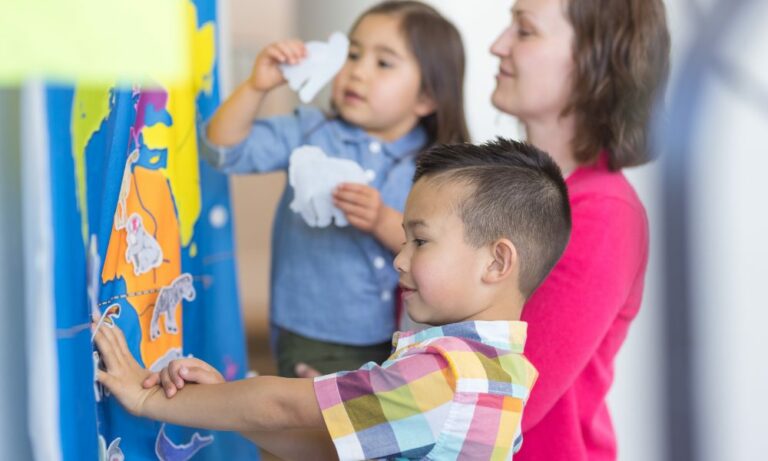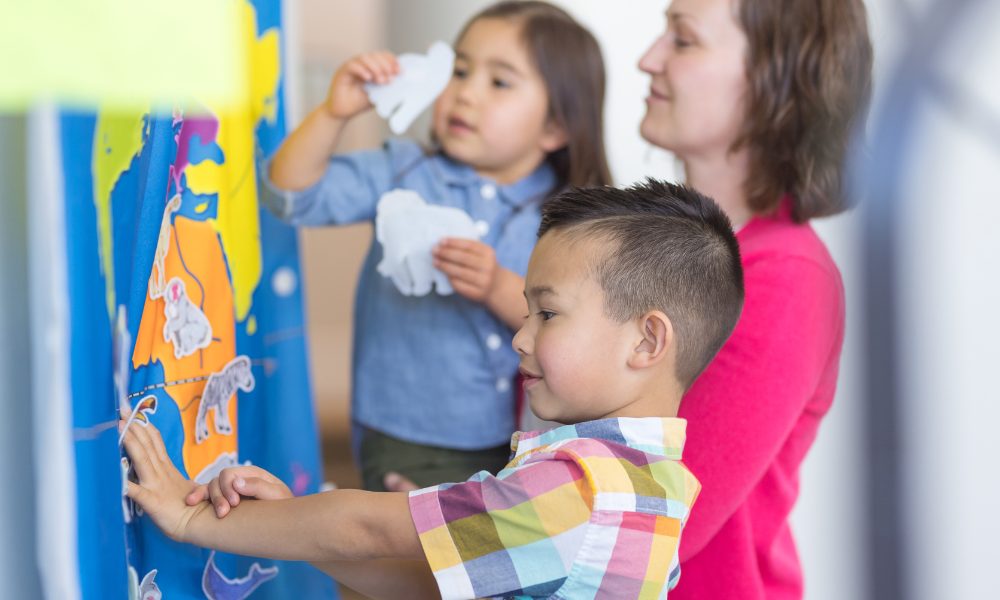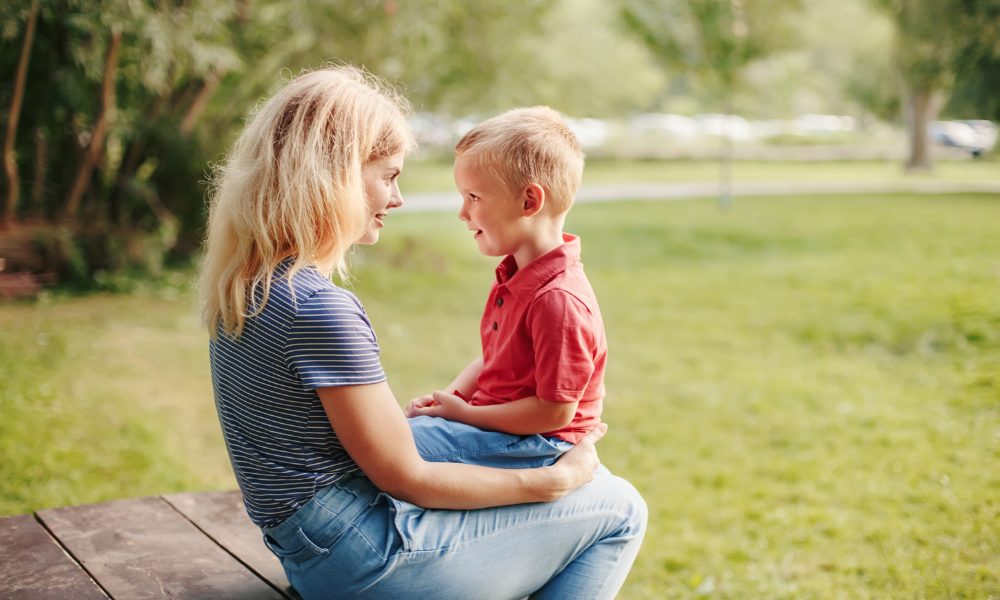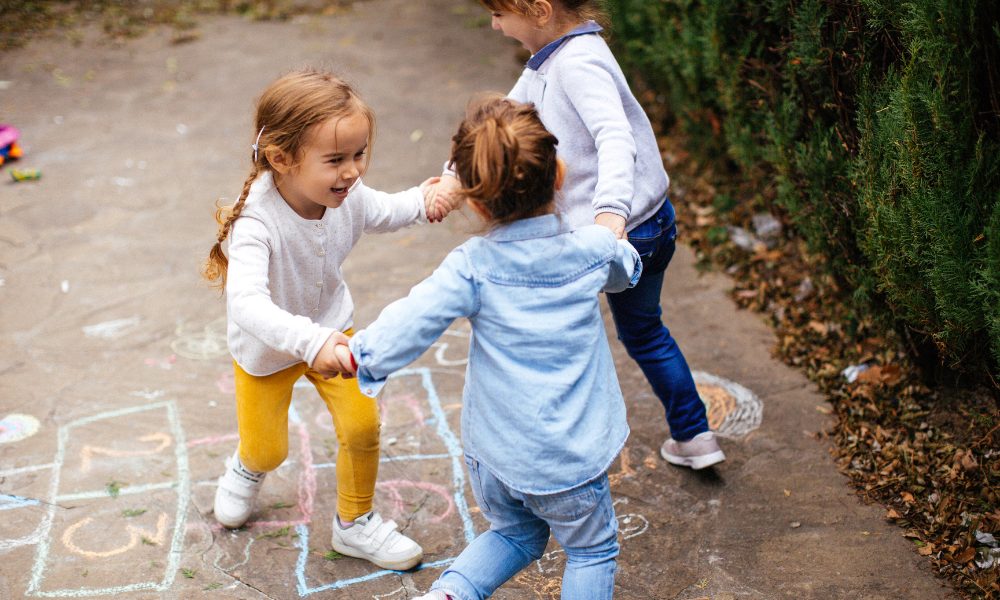Working hours
Mon - Fri: 8am to 5pm
Mon - Fri: 8am to 5pm
Share


The UK is incredibly diverse, and nurseries welcome children who speak languages from all over the world.
We all know that starting nursery is a big step for little ones, but for those who don’t have English as their first language, it can be even more daunting. Not only are they surrounded by new people in a new setting, away from their home comforts, but the setting and its inhabitants are communicating in a language that isn’t so familiar to them.
Here we’re going to look at a few ways you can make your nursery a happy, safe environment for children that speak a different first language.
Most people don’t pay attention to their speech patterns and behaviour. But working with small children gives us a heightened awareness of clarity of speech. We need to be even more aware of this when working with children who speak English as an Additional Language (EAL).
Here are a few ways you can ensure children at your nursery have the best chance possible of understanding and feeling included in communications:

Play is key to a child’s learning as children find it easier to learn when they are engaged. They learn from their peers as much as from the adults around them, so encouraging certain types of games between children can help develop their language.
Pairing up an EAL child with a naturally caring and friendly child already in your setting will help them to feel included. They will probably imitate a lot of the vocabulary their buddy uses which will eventually help them learn new words.
Role play is a great way for children to learn useful new vocabulary. If you can offer certain scenarios that you know can be useful in everyday life, a child will learn to associate that vocabulary with the real world.
Another great way to make strong associations between an item and vocabulary is looking at books together and drawing . Drawing pictures of items, animals, and food helps children remember their names. You can even compile a scrapbook of their drawings and pictures and review it together with words from different languages.
If you are supporting and joining in with the play, make sure you describe what is going on. For example, ‘the pig is on the farm’, or ‘the train is on the track’. This way, the child is getting a narrative and can again make associations between the vocabulary and the physical play.

One of the best ways to help a child with English as an additional language feel welcome is to celebrate their culture.
You can make a calendar of all the cultural events from around the world and build them into your learning, and encourage all children in your setting to take part. Ask the families of your children if they have any wishes or thoughts about cultural events relevant to them. Keep in mind that some cultures may find it offensive or disrespectful for you to play ‘dress up’ in cultural clothing, so do your research first.
Children use their first language to build on their second language. Therefore, it is a good idea to use their home languages around your setting. You can have notices and signs in their different languages, so there is some familiarity. Recognising signs and notices for the toilet or certain play areas will make it easier for them to settle into the environment.However children in Early Years settings are not yet able to read so the key is to understand their development in their own language, are they learning a whole new word or another word for something they already know.
Pictorial timetables and emotion cards are also useful, not only for EAL children but also for those who have English as a first language. A picture speaks a thousand words, as they say. The level of language ability among the children in your setting may vary greatly, so these tools are ideal for helping everyone feel included.
Music and songs that incorporate a variety of languages are an effective way of all children learning and sharing words , cultures and rhymes. You could invest in some multicultural instruments and ask parents to come in and join in with a music session also strengthening those partnerships with parents.

It is simple to adapt your setting to support those children who speak English as an additional language. Understandably, they may take a little longer to settle in than those who are more familiar with the language, but these small steps should at least help the process and encourage them to feel included.
If you need help making your setting more inclusive for children with English as a second language, you can contact us here at MBK Group, and we can give you some further guidance.
With the ever-changing regulations and guidance, join our monthly newsletter to stay current and learn more about running a better childcare setting.
Simply enter your details below to join our mailing list.
"*" indicates required fields
By completing this form you are agreeing to our privacy policy You can unsubscribe at any time

Millennium House, High Street,
Studley, Warwickshire, B80 7HJ.